Hanoi According to many Front members, the regulation requiring a house of at least 15 square meters to be registered for permanent residence was implemented but did not help limit population growth.
On June 14, the Vietnam Fatherland Front Committee of Hanoi city held a conference to provide social feedback on the draft Resolution regulating the minimum housing area for permanent residence registration.
According to the draft, renters, borrowers, and tenants who want to register for permanent residence in 12 districts must have a minimum living area of 15 square meters per person; in suburban areas, 8 square meters per person (17 districts and Son Tay town). The Hanoi People's Committee said this is to specify the provisions of the 2020 Law on Residence, creating a legal basis for the city to manage residence to serve socio -economic development.
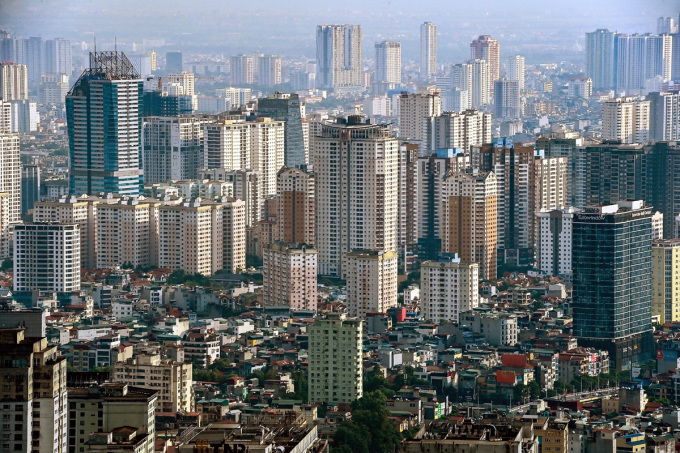
A corner of Hanoi seen from above. Photo: Giang Huy
At the conference, former Deputy Minister of Home Affairs Nguyen Tien Dinh said he was very surprised when the city police reported that only two out of five departments consulted had written agreement with the draft. Three departments did not have written comments, including Justice, Construction and Planning and Architecture.
Similarly, only 4 out of 30 districts, towns and cities submitted written comments. The Department of Information and Communications posted the draft on the City's Electronic Communication Portal for a month (from March 15 to April 15) but also "received no comments".
According to Mr. Dinh, Hanoi issued Resolution 11 regulating the minimum housing area of 15 square meters per person for permanent residence registration in the case of rented houses since 2013. Three years later, the City People's Council issued a document extending the application period of the resolution until the end of 2020, which has now expired for more than 2 years. Therefore, he requested the drafting committee to clarify "why this regulation was previously assessed as ineffective".
Former Deputy Director of Hanoi Police Bach Thanh Dinh also said that we should not expect the resolution to limit population growth in Hanoi because the number of people outside the permanent and temporary residence registration is very large. "That shows that the regulation on minimum area is not effective. Moreover, in developed countries, no one uses this measure to limit citizens' right to residence," Mr. Dinh said.

Mr. Dao Ngoc Nghiem is concerned about how to determine inner and outer city areas when calculating minimum housing area. Photo: Hoang Phong
Mr. Dao Ngoc Nghiem, former Chief Architect of Hanoi, said that the most difficult problem of the city today is reducing the population of the Old Quarter. Since 1995, Hanoi has raised the issue of reducing the population in this area, then proposed a roadmap and target for population dispersion but "completely failed".
"To avoid repeating this lesson, it is necessary to add regulations on minimum area in some special areas such as the old quarter or districts planned to become cities under the capital," Mr. Nghiem proposed.
Former National Assembly delegate Bui Thi An requested the drafting committee to assess the impact of the resolution on how many people it will affect when it comes into effect, and how it will affect districts that are about to become urban districts. The resolution also needs to clearly define the rights of permanent and temporary residents to avoid cases of continuous temporary residence.

Ms. Bui Thi An speaks at the review conference. Photo: Hoang Phong
The draft Resolution is expected to be considered and approved at the City People's Council meeting in early July.
By 2022, Hanoi will have a natural area of 334,470 hectares, a population of 8.6 million, including 30 administrative units at district, town and city levels, 577 communes, wards and towns. The population is mainly concentrated in inner-city districts, especially new districts such as Cau Giay, Hoang Mai, Bac Tu Liem, Nam Tu Liem, putting pressure on the government to ensure order, safety and social security.
Primary school class sizes in many districts are often over 50 students per class (the regulation of the Ministry of Education and Training is 35 students per class); many roads are congested during rush hour and flooded during heavy rain.
Vo Hai
Source link




![[Photo] Party Committees of Central Party agencies summarize the implementation of Resolution No. 18-NQ/TW and the direction of the Party Congress](https://vphoto.vietnam.vn/thumb/1200x675/vietnam/resource/IMAGE/2025/10/27/1761545645968_ndo_br_1-jpg.webp)




























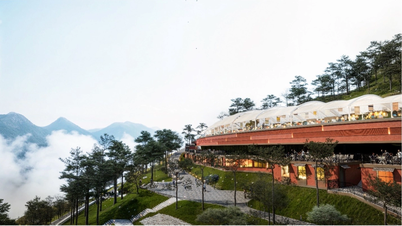
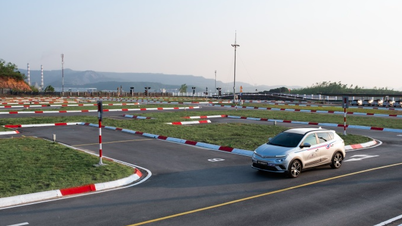






















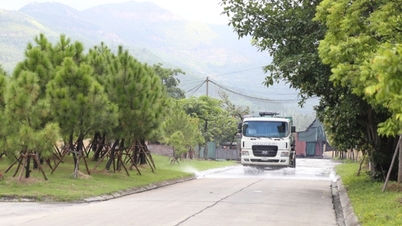



























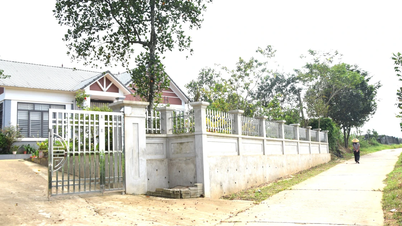

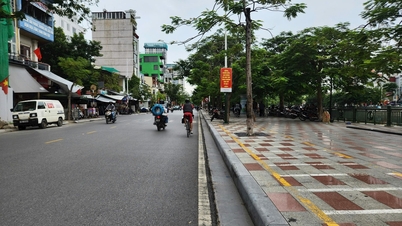






















Comment (0)